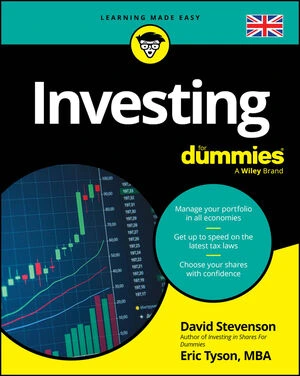The foreign exchange (forex) market is often described as the world's most liquid financial market, and that's true. But it doesn't mean that currencies aren't subject to varying liquidity conditions that currency traders need to keep in mind.
Liquidity refers to the amount of market interest (the number of active traders and the overall volume of trading) present in a particular market at any given time. From an individual trader's perspective, liquidity is usually experienced in terms of the volatility of price movements. A highly liquid market will tend to see prices move very gradually and in smaller increments. A less liquid market will tend to see prices move more abruptly and in larger price increments.
Forex market liquidity will vary throughout each trading day as global financial centers open and close in their respective time zones. Reduced liquidity is first evident during the Asian trading session. Japanese data or comments from officials may provoke a larger-than-expected or more-persistent reaction simply because there is less trading interest to counteract the directional move suggested by the news.
Peak liquidity conditions are in effect when European and London markets are open, overlapping with Asian sessions in their morning and North American markets in the European afternoon. Following the close of European trading, liquidity drops off sharply in what is commonly referred to as the New York afternoon market.
During these periods of reduced liquidity, currency rates are subject to more sudden and volatile price movements. The catalyst could be news events or rumors, and the reduced liquidity sees prices react more abruptly than would be the case during more liquid periods.
There's no way to predict with any certainty how price movements will develop in such relatively illiquid periods, and that's the ultimate point in terms of risk. The bottom line is that if you maintain a position in the market during periods of thin liquidity, you're exposed to an increased risk of more volatile price action.
Liquidity is also reduced by market holidays in various countries and seasonal periods of reduced market interest, such as the late summer and around the Easter and Christmas holidays.
Typically, holiday sessions result in reduced volatility as markets succumb to inertia and remain confined to ranges. The risks also increase for sudden breakouts and major trend reversals. Aggressive speculators such as hedge funds exploit reduced liquidity to push markets past key technical points, which forces other market participants to respond belatedly, propelling the breakout or reversal even further. By the time the holiday is over, the market may have moved several hundred points and established an entirely new direction.
Just because you're enjoying an extended holiday weekend or a summer holiday in August doesn't mean you're not exposed to unexpected risk from higher volatility in holiday markets. You are — and you need to factor liquidity conditions into your overall trading plan.






